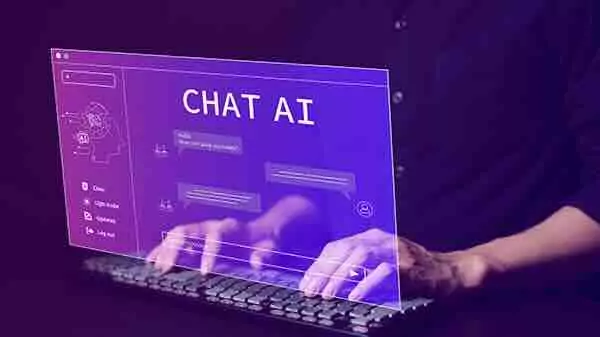Artificial intelligence is becoming a focal point in K-12 education. If you, like me, are interested in the practical implementation of AI in the classroom, these following examples can help you widen your perspective.
Progress in K-12 AI education is being driven by local school districts and state departments of education, with input from non-profits and industry partners. In practice, this means that the design, approach, and implementation of K-12 AI education vary across states and school districts. To address the growing demand for AI education, non-profit organizations, academic institutions, and industry players are supporting these efforts by developing AI curricula and educational tools to help teachers and schools become better equipped. While the necessity of AI education is widely recognized, the key competencies needed to achieve AI literacy have yet to be established. What is evident, though, is a strong commitment from states and educators to reshape K-12 education. Here are a few AI implementation practices that are happening at present:
High schools are adopting and implementing AI career technical education (CTE) programs
19 high schools across Maryland, Georgia, California, and Florida have either already implemented or are preparing to implement an AI-specific CTE program. The school districts in Maryland, Georgia, and California each developed AI-specific CTE programs and implemented them within individual schools.
Nonprofit organizations, academic institutions, and industry are designing and delivering content, curricula, and teacher training programs that emphasize foundational skill-building
AI for K-12 working group
In May 2018, the Association for the Advancement of Artificial Intelligence and the Computer Science Teachers Association launched the AI for K-12 working group (AI4K12) to develop some of the first AI teaching guidelines for K–12 schools. AI4K12 introduced “Five Big Ideas” in AI as its core framework: (1) Perception, (2) Representation and Reasoning, (3) Learning, (4) Natural Interactions, and (5) Societal Impact. The guidelines outline key learning objectives for students across different grade bands and can assist standards writers and curricula developers with incorporating essential knowledge and skills related to AI concepts.
The MIT DAILy Curriculum
The MIT Media Lab developed the DAILy curriculum for middle school students to explore AI concepts and applications using hands-on and computer-based activities. The curriculum includes four units: (1) What is AI? (2) Supervised Machine Learning, (3) Generative Adversarial Networks, and (4) AI + My Future. Each unit includes slides for lessons, teacher scripts, and interactive classroom activities.
The AI Education Project
The AI Education Project, another nonprofit organization, promotes general AI literacy by providing AI education to all students through interdisciplinary approaches. The organization developed two classroom-ready courses. The first course, Introduction to AI, uses project-based learning to teach students in 9-12 grade how to build, test, and refine an AI application without coding. The course is designed for computer science, STEM, or CTE teachers. The second course, AI Snapshots, is designed to facilitate a basic understanding of AI and its connections with math, science, English, and social studies beginning in middle school, and is designed for all teachers regardless of discipline.
Teach AI
TeachAI is an effort led by Code.org, the Educational Testing Service, the International Society for Technology in Education, and Khan Academy, that highlights both the potential benefits (e.g., assessments, personalized learning, operational efficiency) and harms (e.g., plagiarism, overreliance, perpetuating bias) of AI in the classroom.
The National Science Foundation’s Innovative Technology Experiences for Students and Teachers (ITEST)
ITEST provides the following AI courses for students:
- Introducing AI concepts to middle school students and teachers through summer camps, workshops, and school-based programs in rural communities where students often lack access to advanced STEM educational opportunities.
- Developing AI literacy through a research-informed educational ecosystem for after-school and summer programs where functional AI-enabled solutions to problems are presented in fictional stories that the students read in English-language arts and summer reading programs.
- Teaching fundamental machine learning concepts to middle school students by using ML models to classify shark teeth by their shape and function and address educational disparities in STEM to encourage students from underrepresented groups to consider STEM career pathways.
I hope that these existing AI resources have opened new possibilities for you to implement it in your classroom.
